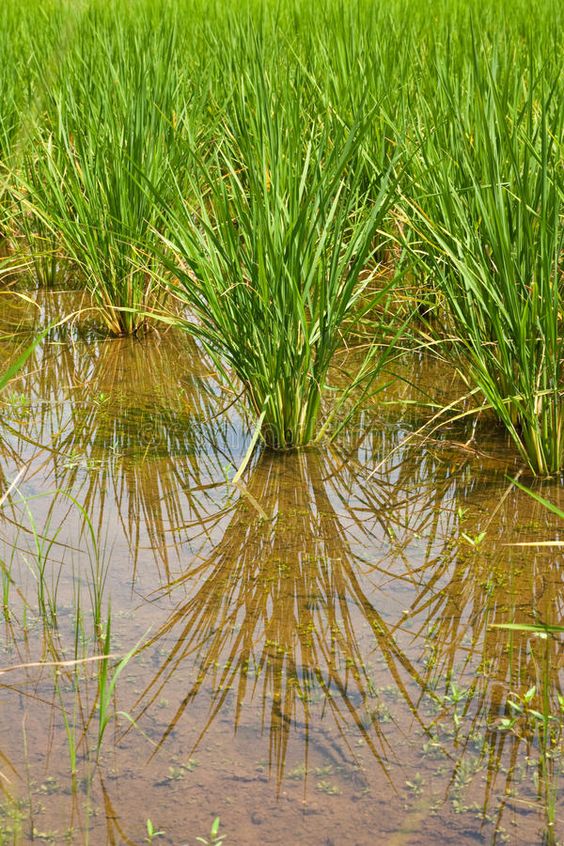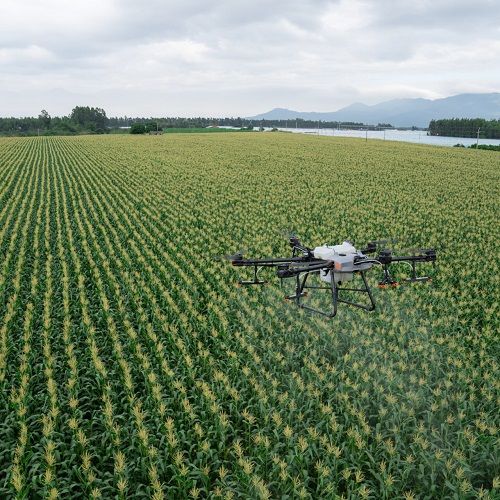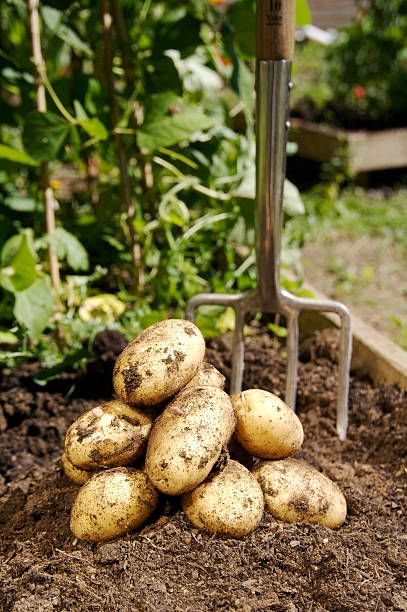Smart Agriculture: Combating Agricultural Cultivation Techniques Waste
Agricultural cultivation techniques sector faces a pressing challenge: waste. From uneaten produce to inefficient water usage, traditional cultivation techniques often leave significant resources untapped. This, coupled with the ever-growing global population, necessitates a paradigm shift towards sustainable and efficient farming practices. Here’s where Smart Agriculture emerges as a powerful solution.
Smart Agriculture, also known as Precision Agriculture, utilizes technology and data-driven insights to optimize all aspects of crop cultivation. It empowers farmers to make informed decisions that minimize waste and maximize yield, ultimately contributing to a more sustainable food system.
Contents
Waste: A Major Hurdle in Traditional Agriculture
Understanding the different types of agricultural waste is crucial:
- Field Waste: This encompasses crop residue left behind after harvest, often burned or left to decompose. It represents a missed opportunity to replenish soil nutrients and organic matter.
- Postharvest Waste: Fruits and vegetables are particularly susceptible to spoilage during transportation, storage, and at the consumer level. This can lead to significant economic losses.
- Water Waste: Inefficient irrigation methods can result in substantial water evaporation and runoff, depleting valuable resources.
- Nutrient Runoff: Excess fertilizer application can lead to nutrient leaching into waterways, harming aquatic ecosystems.
These forms of waste not only translate to lost income for farmers but also contribute to environmental degradation.
Smart Agriculture: A Toolkit for Waste Reduction
Smart Agriculture offers a multi-pronged approach to tackle waste across the entire agricultural cycle:
1. Precision Irrigation: Using sensors and weather data, farmers can tailor irrigation to specific crop needs, minimizing water waste and optimizing plant growth. Technologies like drip irrigation deliver water directly to the root zone, further reducing evaporation.
2. Crop Yield Prediction: Advanced analytics can predict crop yields based on historical data, weather patterns, and soil analysis. This information helps farmers optimize planting densities, fertilizer application, and resource allocation, minimizing wastage.
3. Disease and Pest Control: Smart monitoring systems utilizing drones and remote sensors can detect signs of disease and insect infestations early on. This facilitates targeted control measures, reducing pesticide overuse and minimizing crop losses.
4. Post-Harvest Management: Smart logistics and storage solutions based on real-time data can optimize the temperature, humidity, and ventilation in transportation and storage facilities, significantly extending the shelf life of produce and reducing spoilage.
5. Utilizing Crop Residues: Technologies like composting convert crop residues into valuable organic fertilizer, improving soil health and reducing waste disposal costs.
6. Robotics and Automation: Automated harvesting and sorting techniques can minimize handling damage to fruits and vegetables, leading to less post-harvest waste.
7. Big Data and AI: By analyzing vast sets of data on soil conditions, weather patterns, and crop performance, AI algorithms can generate personalized recommendations for farmers, leading to more efficient resource utilization and minimized waste.
The Economic and Environmental Benefits
The adoption of Smart Agriculture practices translates into tangible benefits for both farmers and the environment. Here’s a breakdown of some key advantages:
- Increased Crop Yields: By optimizing resource use and minimizing losses, Smart Agriculture techniques can significantly increase crop yields.
- Reduced Production Costs: Lower water and fertilizer use, coupled with efficient resource allocation, translates to lower production costs for farmers.
- Improved Profitability: Increased yields and reduced costs lead to improved profitability for farmers, ensuring greater economic sustainability.
- Environmental Conservation: Water and nutrient conservation, along with responsible pesticide use, contribute to a more sustainable agricultural ecosystem.
Moving Forward: Embracing Smart Agricultural cultivation techniques
While the benefits are clear, widespread adoption of Smart Agriculture requires addressing some challenges:
- Initial Investment Costs: Implementing smart technologies may involve significant upfront costs for resource-constrained farmers.
- Digital Divide Agricultural cultivation techniques: Limited access to technology and training in rural areas can hinder adoption.
- Data Security Concerns Agricultural cultivation techniques: Strategies to ensure data privacy and security are crucial for building trust among farmers.
To address these challenges, collaborative efforts are needed:
- Government Initiatives Agricultural cultivation techniques: Public funding, subsidies, and training programs can help make Smart Agriculture technologies more accessible to farmers.
- Public-Private Partnerships Agricultural cultivation techniques: Collaboration between technology companies, research institutions, and agricultural extension services can accelerate innovation and knowledge dissemination.
- Farmer Education Agricultural cultivation techniques: Training programs can help farmers understand the benefits and practical implementation of Smart Agriculture technologies.
Agricultural cultivation techniques By overcoming these challenges and promoting widespread adoption, Smart Agriculture holds immense potential to transform the agricultural sector. By minimizing waste, maximizing yield, and fostering environmental sustainability, it can pave the way for a more secure and productive future for agriculture.




